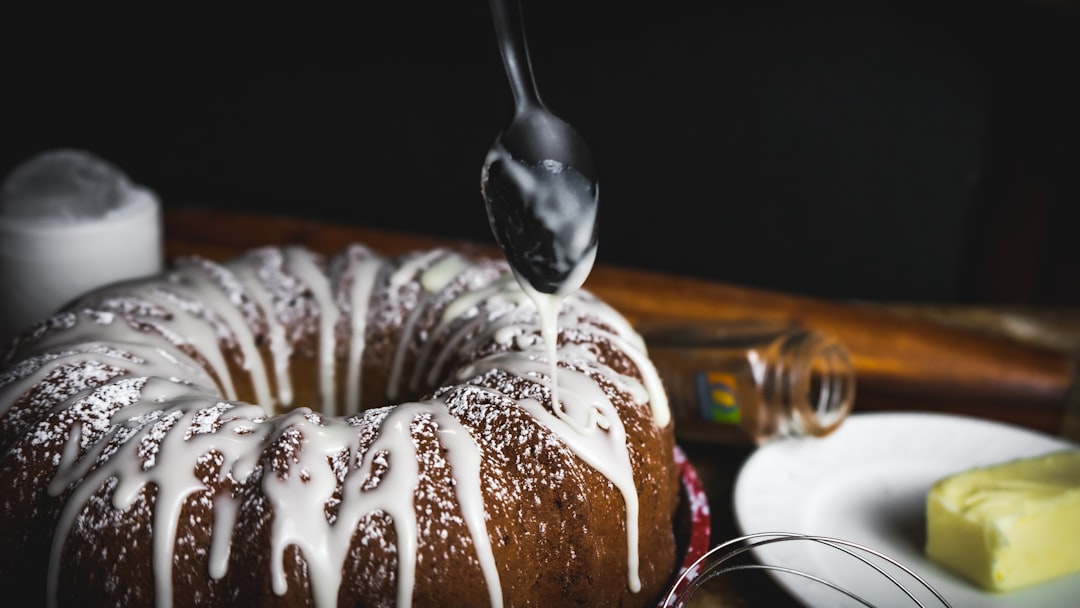The Art of Selecting and Extracting Juice from Limes

When it comes to the world of fruits, limes hold a special place. They are not only a staple in many cuisines but also a key ingredient in countless refreshing beverages. But how do you choose a juicy lime that will deliver the maximum flavor and juice? We've gathered insights from chefs and mixologists who work with citrus on a daily basis to bring you the top tips.
First, let's talk about using your eyes. A good lime should have a vibrant green color. Avoid limes that are dull or have brown spots, as these could be signs of over - ripeness or spoilage. The skin should be smooth and free of blemishes. A shiny exterior often indicates a fresher lime. However, don't be fooled by size. While larger limes may seem like they would have more juice, it's not always the case. Sometimes, smaller limes can be just as juicy, if not more so.
Next, your nose can be a great tool. Give the lime a gentle sniff. A fresh lime will have a strong, citrusy aroma. If the smell is weak or off - putting, it might not be the best choice. The fragrance should be invigorating and reminiscent of a sunny citrus grove. This is a sign that the lime is full of essential oils and flavor, which usually means it will also be juicy.
Now, onto the sense of touch. Hold the lime in your hand and give it a gentle squeeze. A juicy lime will be slightly firm but also yield a bit to pressure. If it's rock - hard, it's likely not ripe enough and may not have a lot of juice. On the other hand, if it's too soft and mushy, it could be overripe and starting to go bad. Roll the lime between your palms for a few seconds before squeezing. This helps to break down the internal membranes and release more juice.
But what if you end up with a hard, not - quite - ripe lime? Don't worry, there are ways to maximize the juice you can get from it. One method is to heat the lime slightly. You can do this by microwaving it on a low setting for about 10 - 15 seconds or by placing it in warm water for a few minutes. The heat softens the lime and makes it easier to extract the juice. Another trick is to use a reamer or a citrus press. These tools are designed to get every last drop of juice out of the lime, even if it's a bit tough.
When it comes to cooking with limes, the possibilities are endless. In the kitchen, limes can be used in marinades to tenderize meat and add a bright, acidic flavor. They are also a key ingredient in many salad dressings, adding a zesty kick. In desserts, lime can be used to make delicious key lime pies or lime sorbets. In the world of mixology, limes are essential for cocktails like margaritas, mojitos, and gimlets. Their juice adds a refreshing and tangy element that balances out the sweetness of other ingredients.
To sum it up, choosing a juicy lime involves using your senses of sight, smell, and touch. And even if you have a less - than - perfect lime, there are techniques to get the most juice out of it. Whether you're a home cook looking to add a burst of flavor to your meals or a mixologist crafting the perfect cocktail, understanding how to select and use limes is an important skill. So, the next time you're at the grocery store, keep these tips in mind and pick the juiciest limes for your culinary adventures.